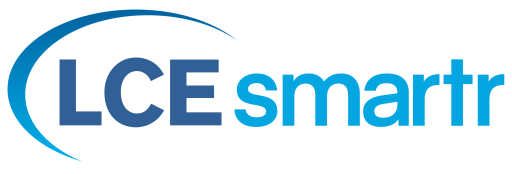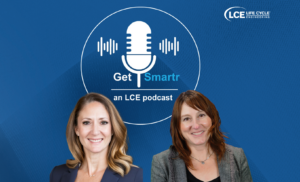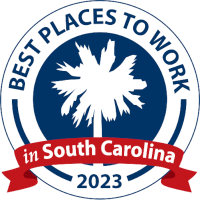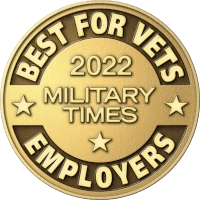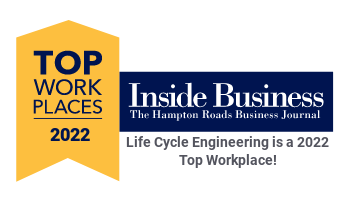Calculating Total Cost of Ownership Requires Knowing the Cost of Materials
A food manufacturer with several existing production lines spread across the U.S. wanted to determine the total cost of ownership before designing and building a new line for one of its plants. They had excellent analysis on raw materials, operating costs, and projected typical capital project spending for improvements. However, they did not have the same level of information to review maintenance material spend, an important component of total cost of ownership. Because they lacked the data, they asked Life Cycle Engineering (LCE) to evaluate and develop a 10-year maintenance material spend forecast based on their most recent production line in operation.
An Unsuccessful Search for Existing Data
The plant provided an asset registry from their CMMS and numerous files from an existing line’s capital project. They also made available a subject matter expert from their Maintenance department and a very knowledgeable CMMS power user who knew the existing production line. The expected scope for the project included a few site visits by LCE’s consultant with the majority of work to be performed off-site.
In the initial site visit the consultant met key representatives and subject matter experts. He verified the asset list by walking the line, taking pictures, and searching for additional files. The plant provided major equipment supplier contact information to use in collecting missing information.
A post-visit review of the files proved disappointing; most of the files were fabrication and final construction drawings. The limited Operate and Maintain (O&M) files focused on operating the equipment, with very basic maintenance instructions and limited preventive maintenance recommendations. The plant maintenance SME helped with an exhaustive effort to find more files scattered throughout a database. Equipment suppliers were polite but unwilling to provide the files and information needed to a consultant working for an owner, especially anything to do with spare part prices.
On the second site visit, LCE’s consultant evaluated the plant’s preventive maintenance program. Roughly 90% of the equipment-specific PMs did have labor hour and duration estimates. However, 100% of PMs did not have materials and spare parts associated to the PM so there were no material cost estimates. Using the PM program, the consultant re-walked the line, confirming the equipment list with and without PMs.
A Creative Solution for Missing Data
Based on the limited coverage of the PM program and lack of material estimates, the consultant suggested an alternative course of action. LCE would conduct two site visits to interview key representatives in Operations, Maintenance, and Engineering to collect their tribal knowledge on operating, repair, and major rebuild activities they all knew to do, but weren’t documented. For materials they identified, pricing would be looked up in the stores or purchasing modules of the CMMS.
Understanding the lack of data, the client agreed to the change in approach, and scheduled interviews. This revised course of action proved to be the key to successfully completing the project. The project sponsor sat through several of the interviews. All the interviews revealed known activities that required materials and spare parts, but were not documented in the CMMS.
In one example, there were three vertical bucket conveyors that operate nearly 24×7. Due to normal operational wear they have approximately a three-year life expectancy. Each belt costs ~$10,000 to replace and was set up as a non-stock spare in the stores catalog. Both the maintenance and operational leaders knew this from their experience, yet this time-driven replacement was not set up in the PM program.
Another interviewee explained he was rebuilding a section of a large group of equipment in six-month intervals. The entire group would be rebuilt over many years. The manager provided the equipment list and was able to provide an accurate estimate. This was a complete surprise to Engineering.
LCE’s consultant met with each interviewee twice. In the first meeting he collected their tribal knowledge. In the second meeting he clarified and confirmed their input, and showed the project 10-year estimate for the assets for which they were responsible.
Project Results
The 10-year material and spare-part cost forecast exceeded the client’s expectations. In addition to providing the needed material spend forecast, the consultant made the following recommendations to improve how the plant operated:
- Create a structured process for transferring equipment drawing and files from Engineering to the plant. The information needs to be stored in accessible, network shared drives.
- Improve the PM program by:
- Including all rebuild / replace activities in the PM program
- Including material estimates in equipment PMs
- Verifying accuracy of labor and duration estimates currently included in the program
- Capture cost and equipment history data consistently across all company locations so that comparisons for benchmarking can be meaningful
The success of this effort was determined by using the power and scope of tribal knowledge. Lessons learned include 1) document tribal knowledge as a basis to improve; and 2) an often-neglected tool is the evaluation of the setup of a plant’s Preventive Maintenance module in the CMMS.

